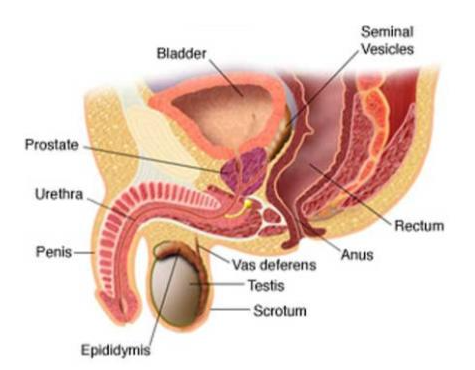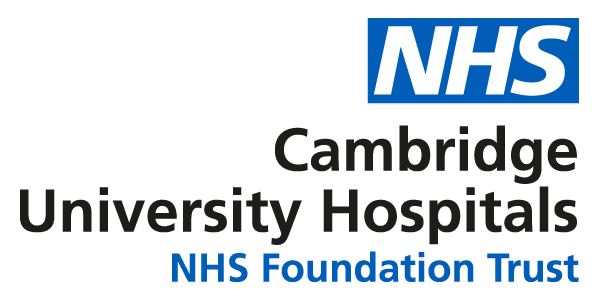Testicular cancer occurs when the abnormal cells in a testicle begin to divide and grow in an uncontrolled way.
The testicles are 2 small oval-shaped organs, which hang below the penis in a pouch of skin called the scrotum. The testicles produce sperm and testosterone and are the main part of the male reproductive system.

Testicular cancer is usually only found in the testicle, but sometimes cancer cells from the testicles can spread to nearby lymph nodes, which are part of the lymphatic system.
Common symptoms of testicular cancer include:
- a lump or swelling in the testicle
- the testicle getting bigger
- an ache or pain in the testicle or the scrotum
- the scrotum feeling heavy, firm or hard
Most testicular cancers develop from cells in the testicles called germ cells. They are also called germ cell tumours (GCTs).
There are 2 main types of testicular germ cell tumours:
- non-seminomas – usually affect those aged 15 to 35 and tend to grow faster
- seminomas – more common in those aged 25 to 55 and tend to grow slower
Rarer types of testicular cancer include:
- Leydig cell tumors
- Sertoli cell tumors
- lymphoma
Treatment for testicular cancer at CUH
The treatment you have depends on several factors, which include:
- the type and size of the cancer
- the stage of the cancer
- your age
- your general health
A team of specialists at CUH will meet to discuss your condition and to make a recommendation about the best possible treatment for you.
You, along with your clinician, will then discuss your treatment recommendations at the clinic appointment and decide on the right treatment plan for you. Your clinician will explain the different treatment options and possible side effects.
The treatment for testicular cancer can include:
- surgery (orchidectomy)
- chemotherapy
- radiotherapy
- surveillance (monitoring)
Surgery to remove the testicle (orchidectomy) is the main treatment for testicular cancer. At times, you may however require more than one treatment or a combination of different treatments to give the best chance of long-term cure and to help reduce the risk of the cancer coming back.
Read more about the different types of treatment on our website.

